Dumbbells are one of the most versatile tools in strength training. They allow for a full range of motion, help correct muscular imbalances, and can challenge your muscles in ways machines or barbells can't. Whether you're working out at home or in the gym, understanding which dumbbell exercises target each muscle group will help you build a balanced and strong physique.
Chest: Dumbbell Bench Press & Chest Fly
For chest development, dumbbell bench presses are foundational. They engage the pectoral muscles more fully than a barbell due to the increased range of motion and the need for stabilization.
-
Flat Dumbbell Press: Targets the mid-pecs.
-
Incline Dumbbell Press: Emphasizes the upper chest.
-
Dumbbell Chest Fly: Stretches and isolates the chest muscles for a deep contraction.
Back: Single-Arm Row & Renegade Row
Dumbbells provide excellent options for unilateral back work, which helps correct asymmetries.
-
One-Arm Dumbbell Row: Focuses on the lats and mid-back. Keep your torso stable and pull with your elbow to avoid overusing your biceps.
-
Renegade Row: Works your upper back and core simultaneously. This exercise is particularly effective for building postural strength.
Shoulders: Overhead Press & Lateral Raise
Shoulder development requires hitting all three heads of the deltoid muscle.
-
Dumbbell Shoulder Press: A primary builder for overall deltoid size.
-
Lateral Raise: Isolates the side delts, adding width to your frame.
-
Front Raise: Targets the anterior deltoid, especially useful if you’re doing a lot of chest pressing.
-
Bent-Over Reverse Fly: Trains the rear delts, often neglected but essential for shoulder balance and posture.
Arms: Bicep Curl & Triceps Kickback
For arms, form and control matter more than the weight lifted.
-
Dumbbell Bicep Curl: A staple for building the biceps. Try hammer curls for more emphasis on the brachialis.
-
Concentration Curl: Helps isolate the biceps and build peak.
-
Triceps Kickback: Great for targeting the long head of the triceps.
-
Overhead Triceps Extension: Engages all three heads of the triceps when performed correctly.
Legs: Goblet Squat & Romanian Deadlift
While dumbbells may not offer the maximal load of a barbell, they’re excellent for building lower body strength with better joint control.
-
Goblet Squat: Engages the quads, glutes, and core. Perfect for beginners and advanced lifters alike.
-
Dumbbell Lunge: Builds balance, coordination, and unilateral leg strength.
-
Romanian Deadlift: Hits the hamstrings and glutes—just make sure to hinge at the hips and keep the back flat.
-
Step-Up: Simple but effective for targeting the glutes and quads, especially when performed slowly under control.
Core: Russian Twist & Dumbbell Sit-Up
Dumbbells can intensify core work by adding resistance and instability.
-
Russian Twist: Develops rotational strength and targets the obliques.
-
Dumbbell Sit-Up: Builds endurance and strength in the upper abdominals.
-
Dumbbell Side Bend: Effective for targeting the obliques, especially when performed with controlled movement.
A Personal Note on Dumbbell Training
When I first transitioned from machines to free weights, dumbbells were my entry point. I remember struggling with simple dumbbell presses, surprised at how much harder they were compared to the same movement on a machine. But over time, I saw noticeable improvements not just in muscle growth, but also in balance, coordination, and joint health. One of the biggest shifts came when I committed to single-arm rows and lunges—both humbled me and revealed weaknesses I hadn’t addressed before. If you're serious about long-term strength and symmetry, dumbbells will teach you more than just how to lift—they’ll teach you how your body works.
Final Thoughts
Understanding the connection between dumbbell exercises and muscle groups helps you train with intention. It’s not about lifting the heaviest weight, but choosing the right movement for the muscle you’re trying to develop. Build smart, not just hard—and the results will follow.





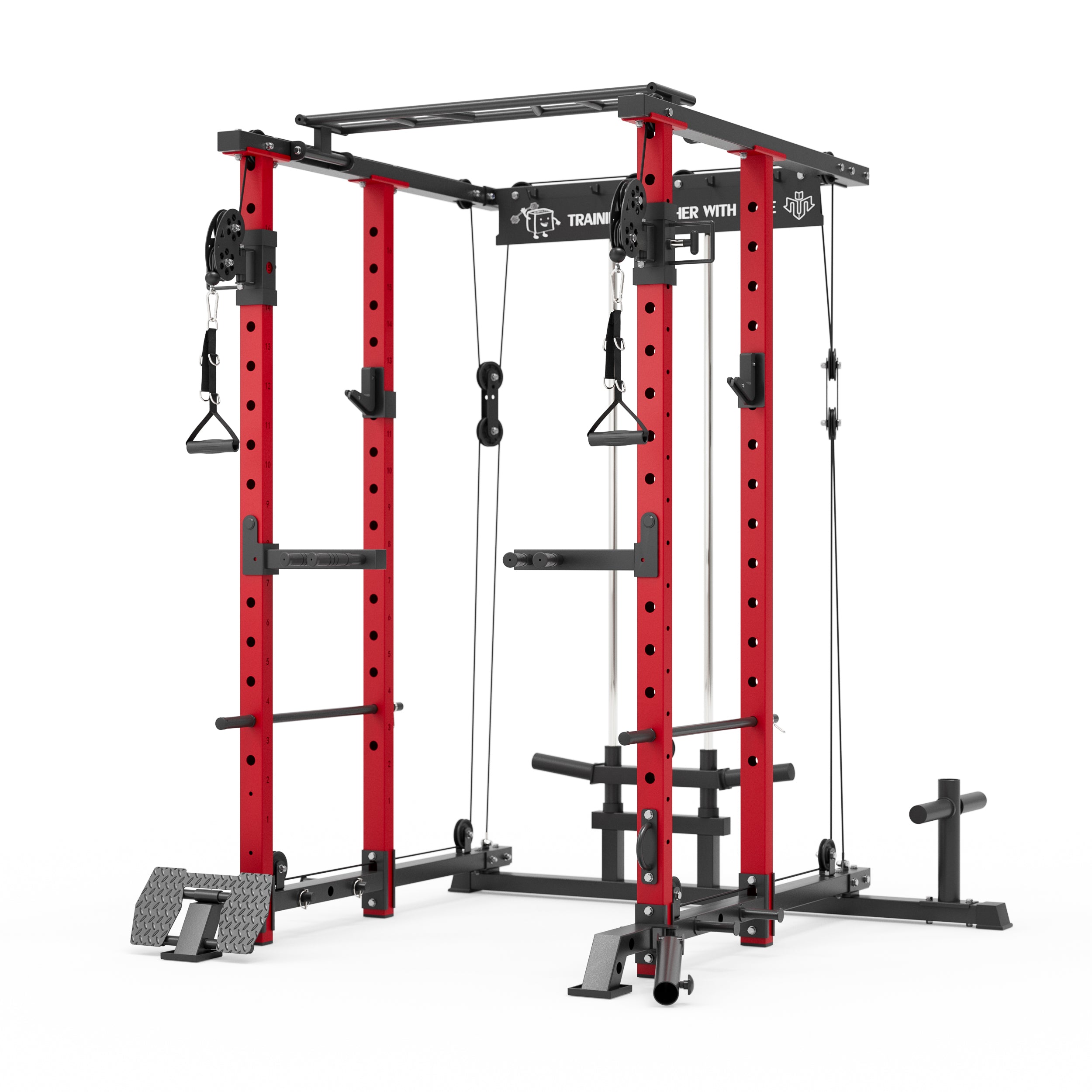


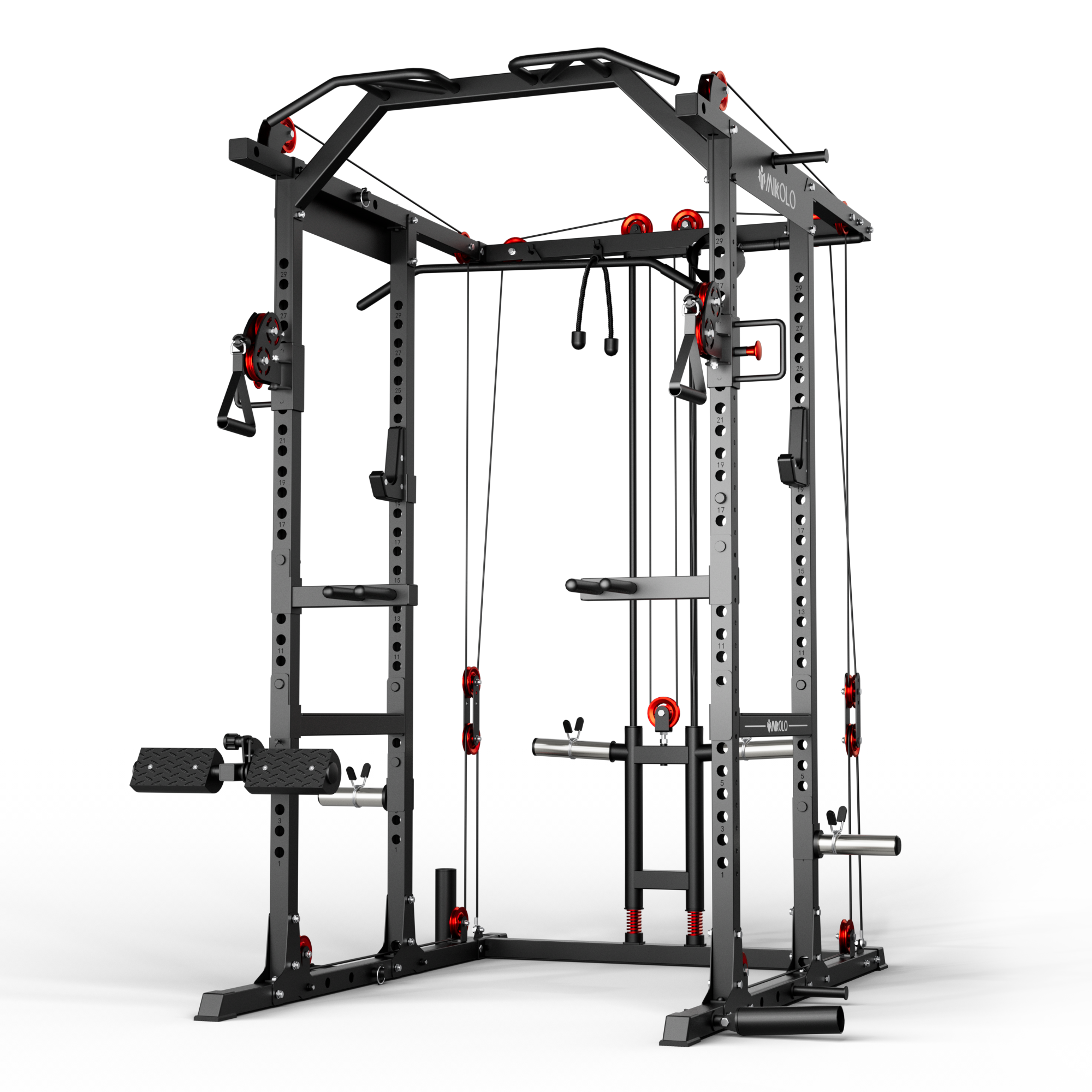
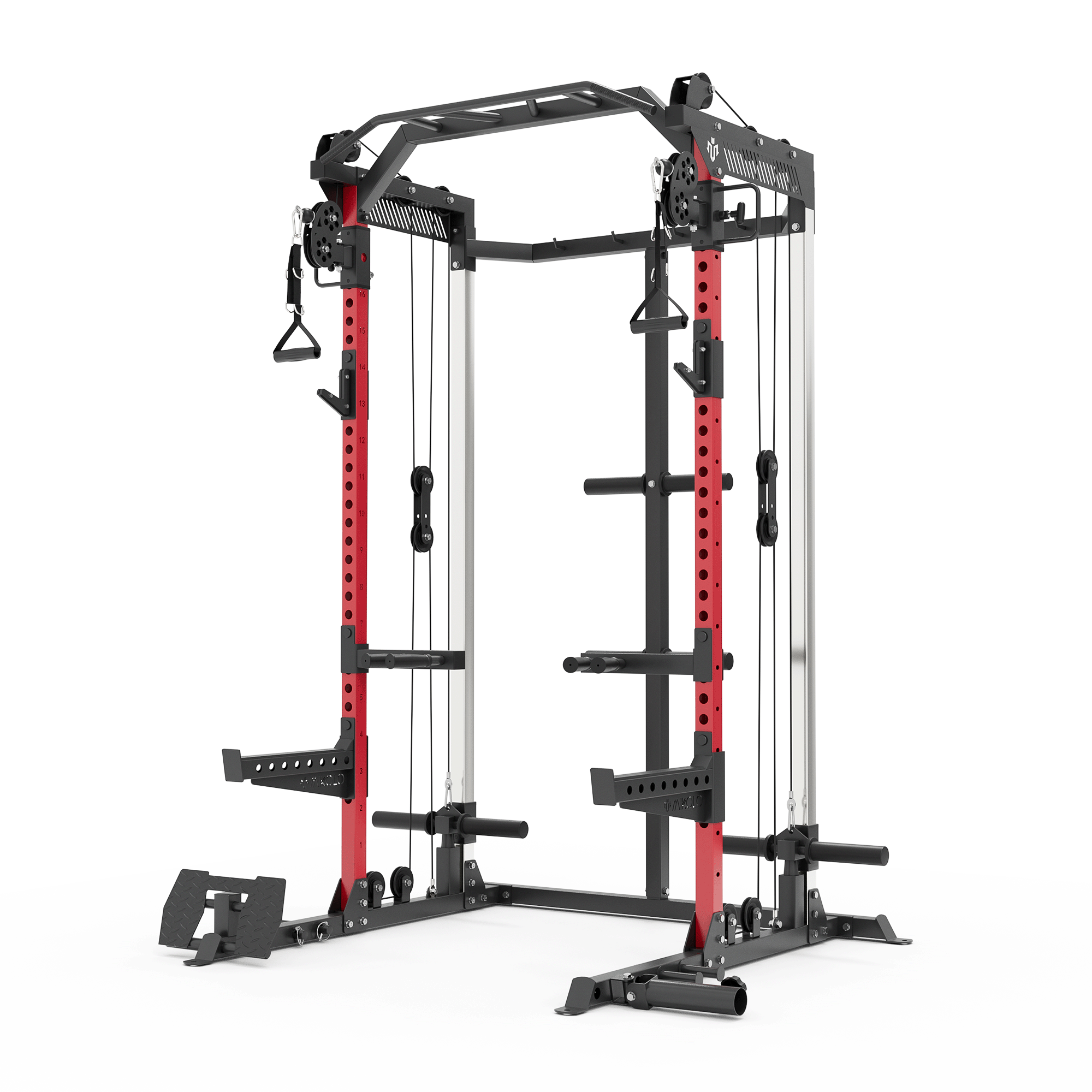
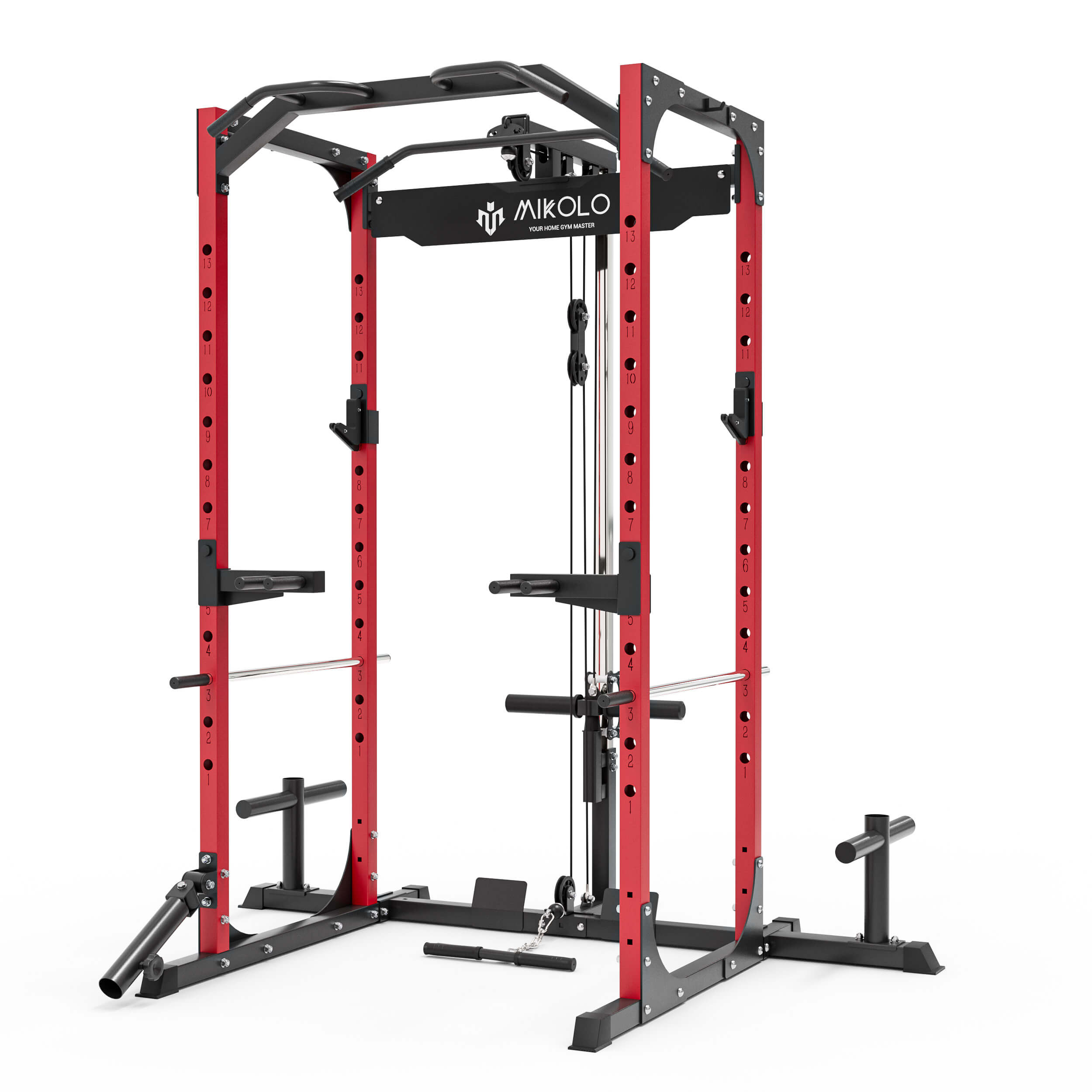







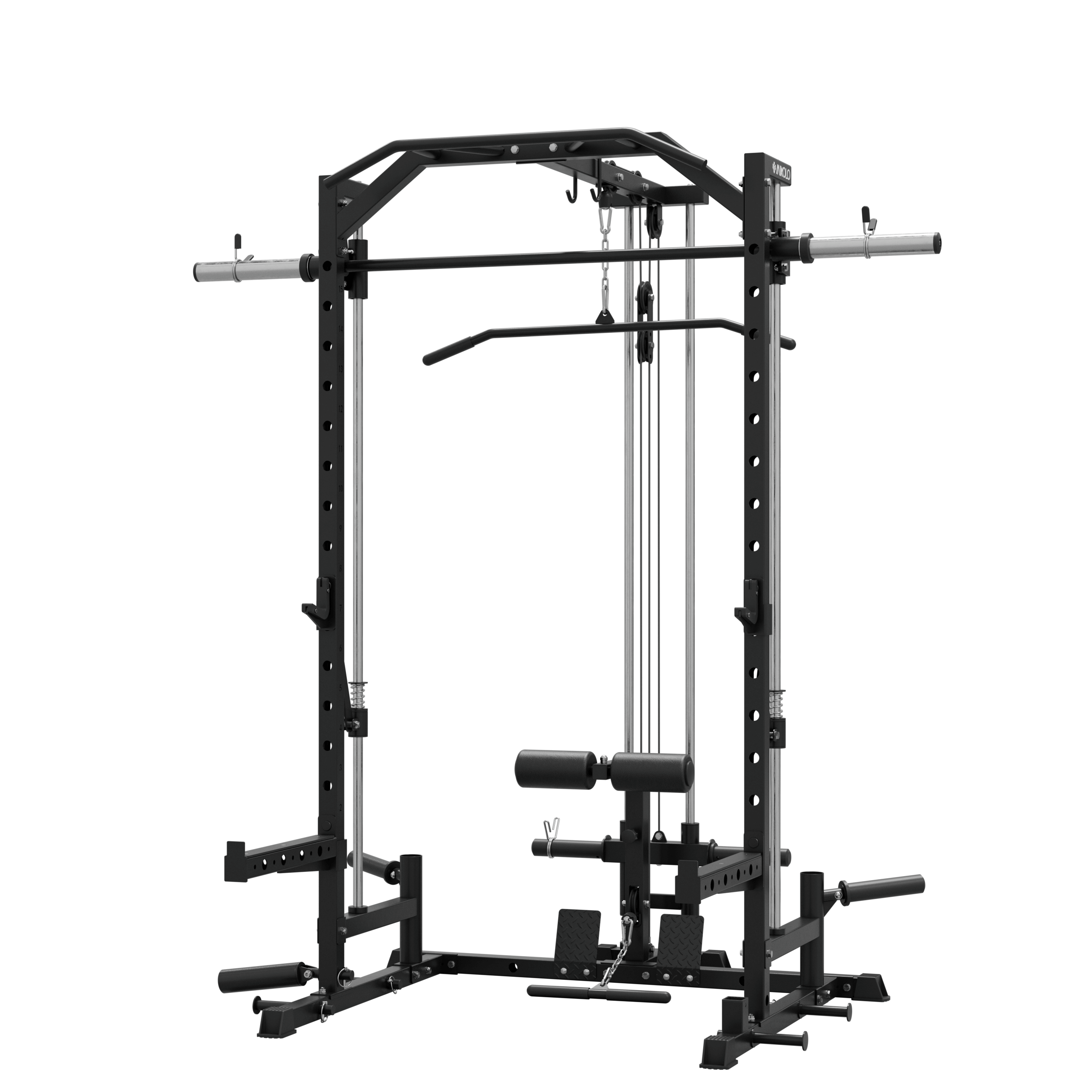


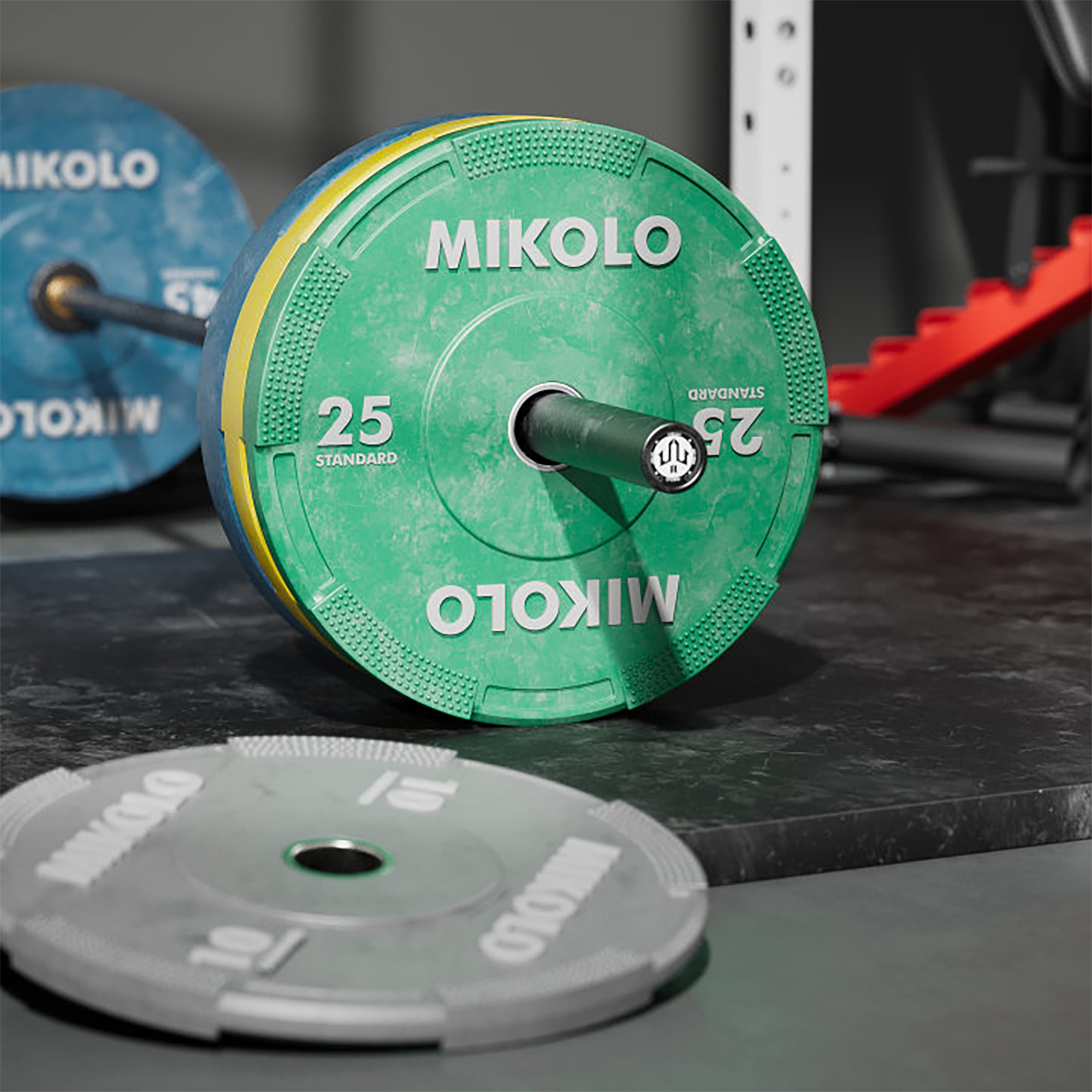


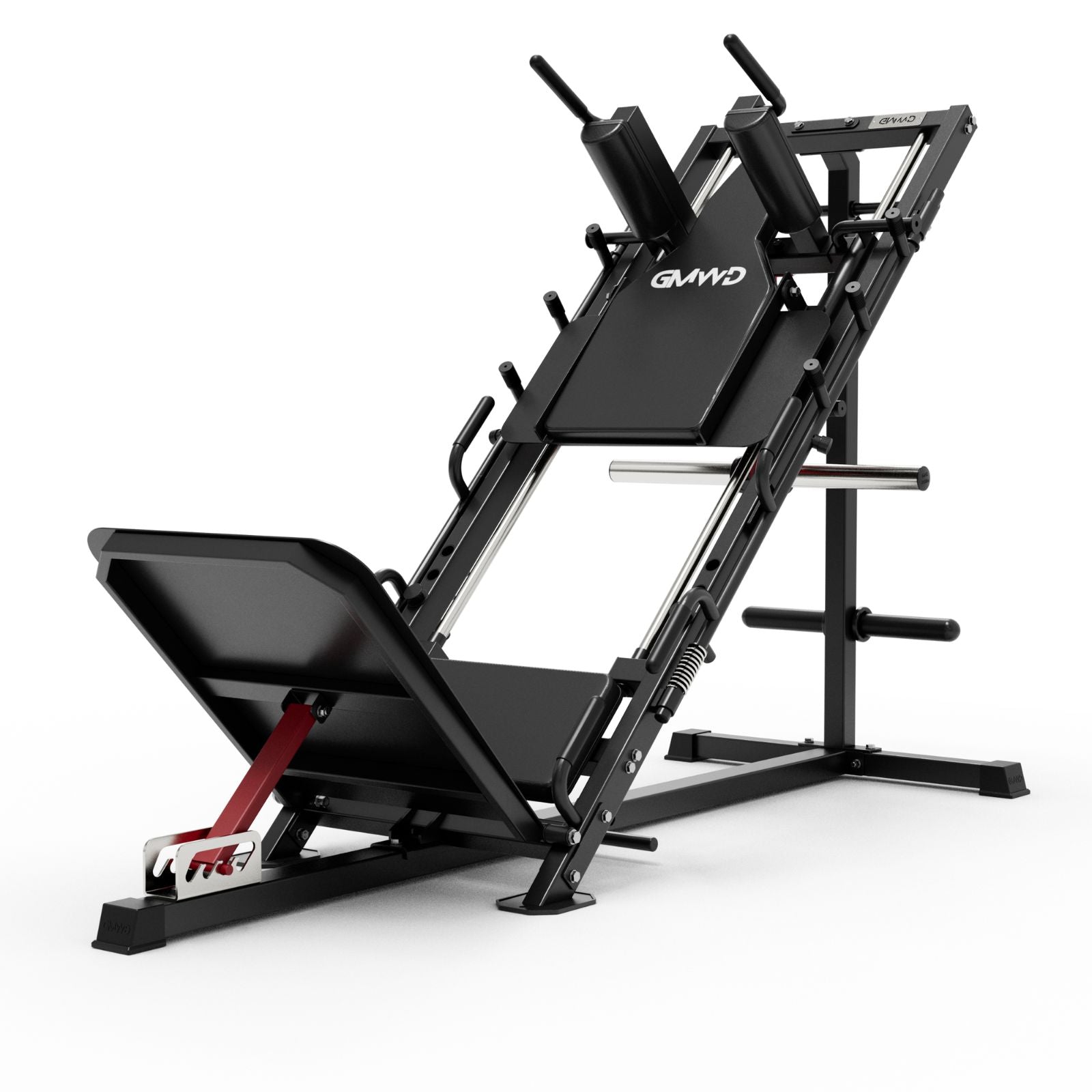


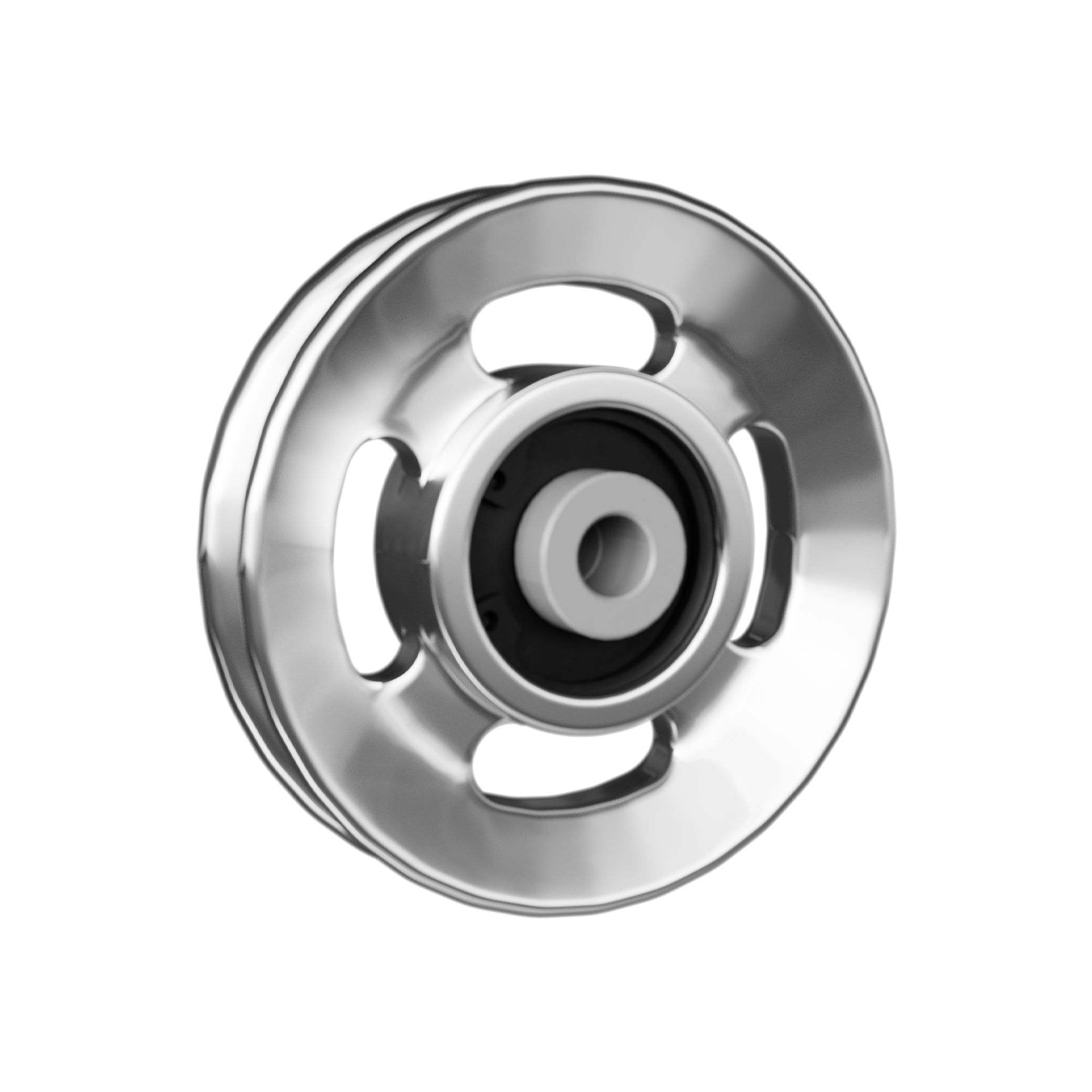
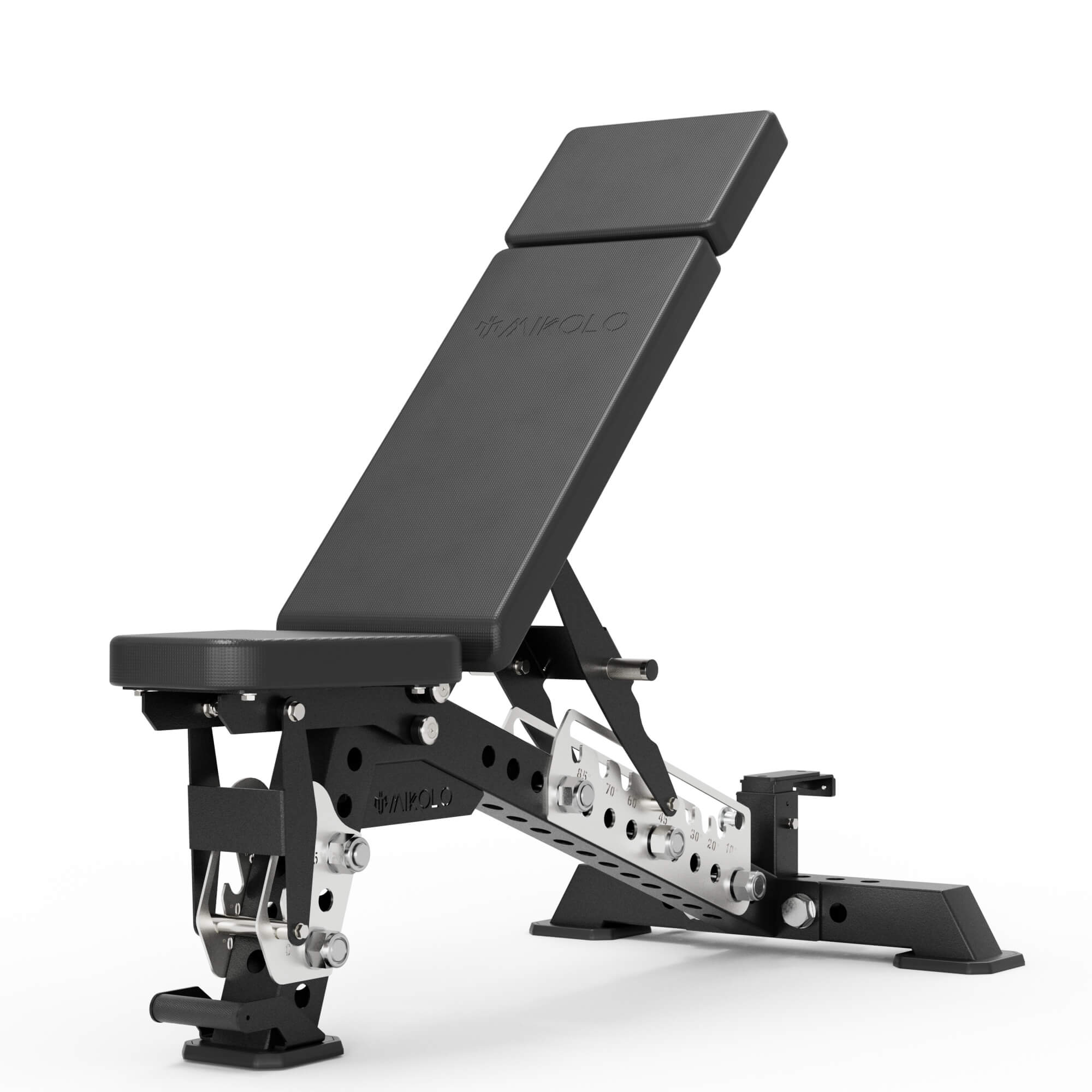


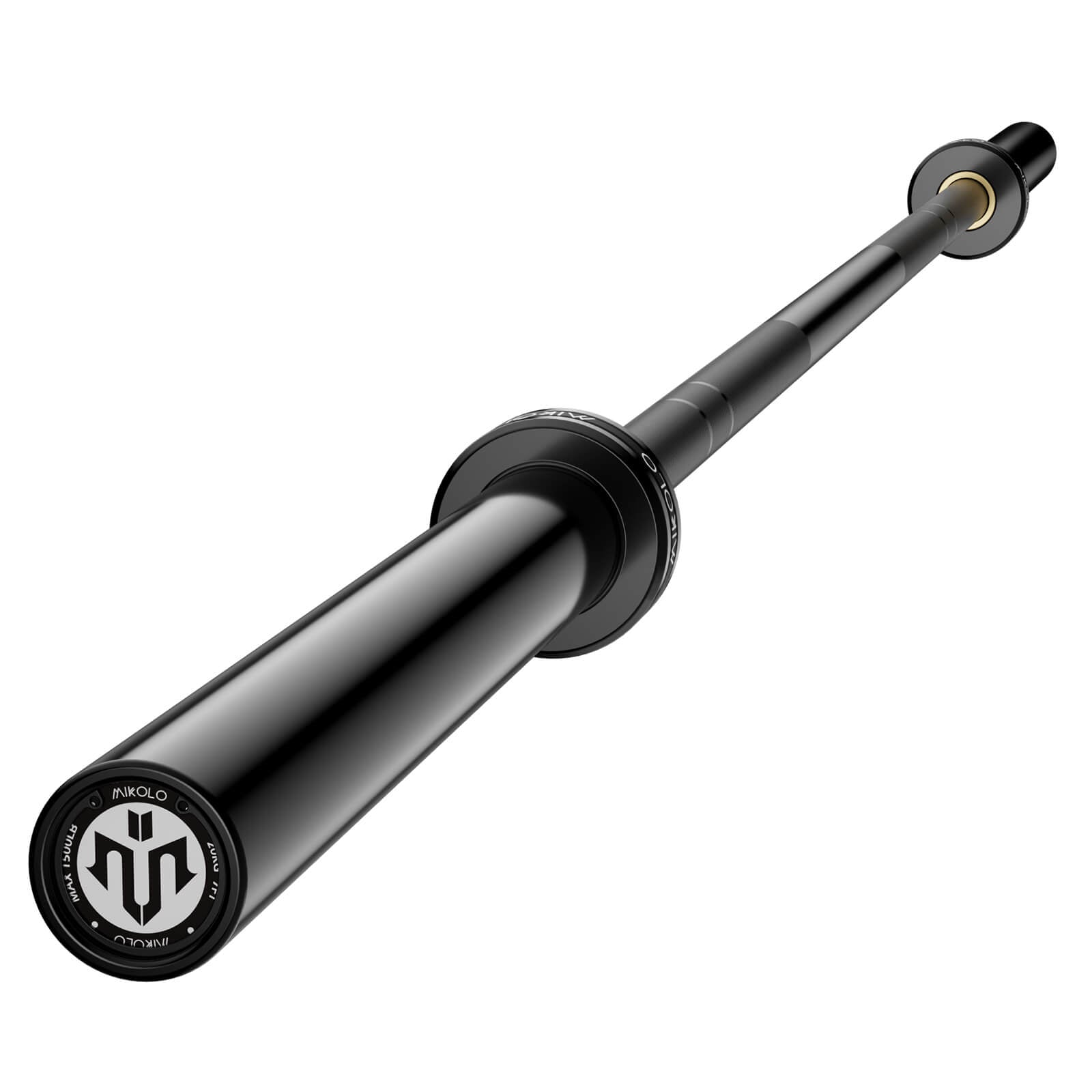

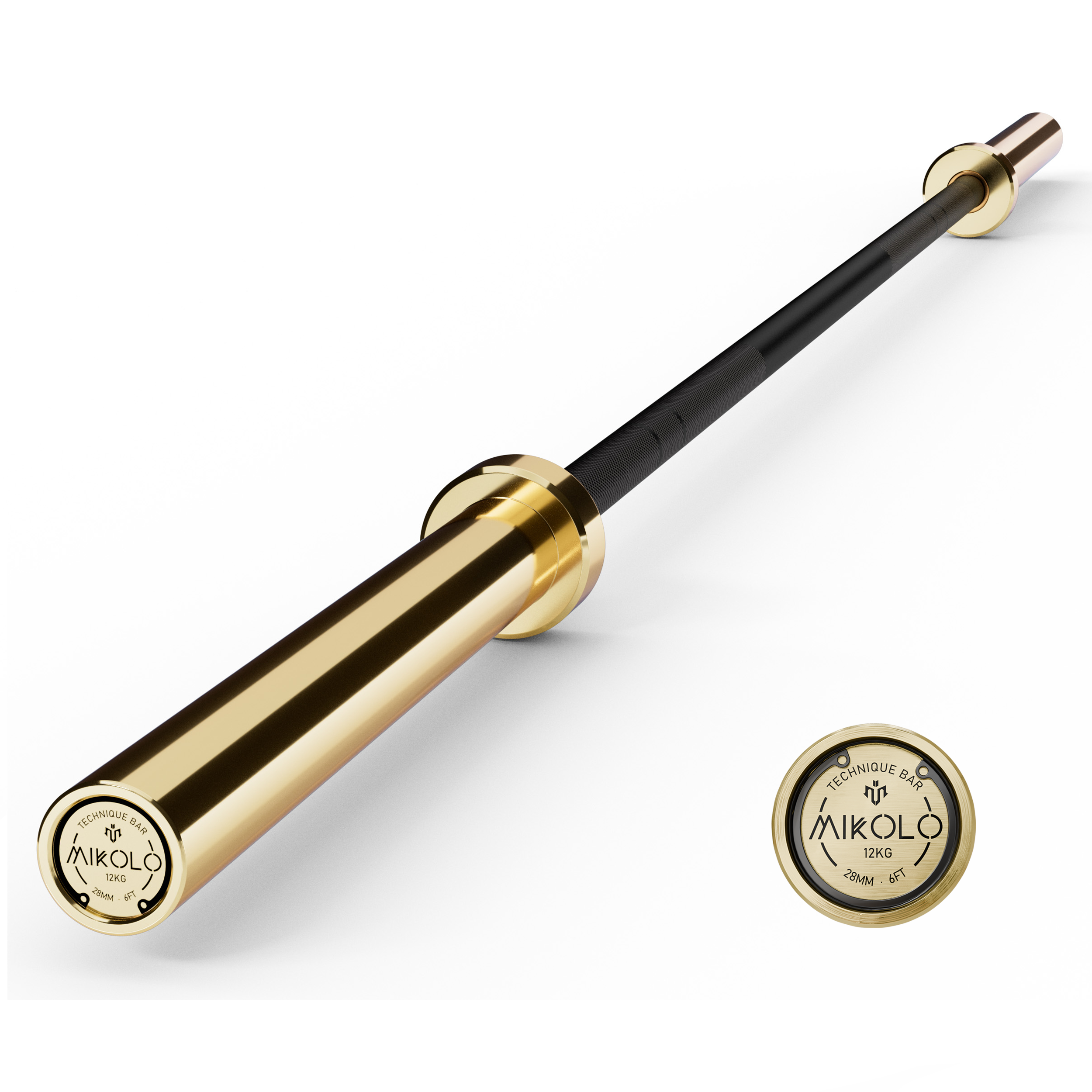
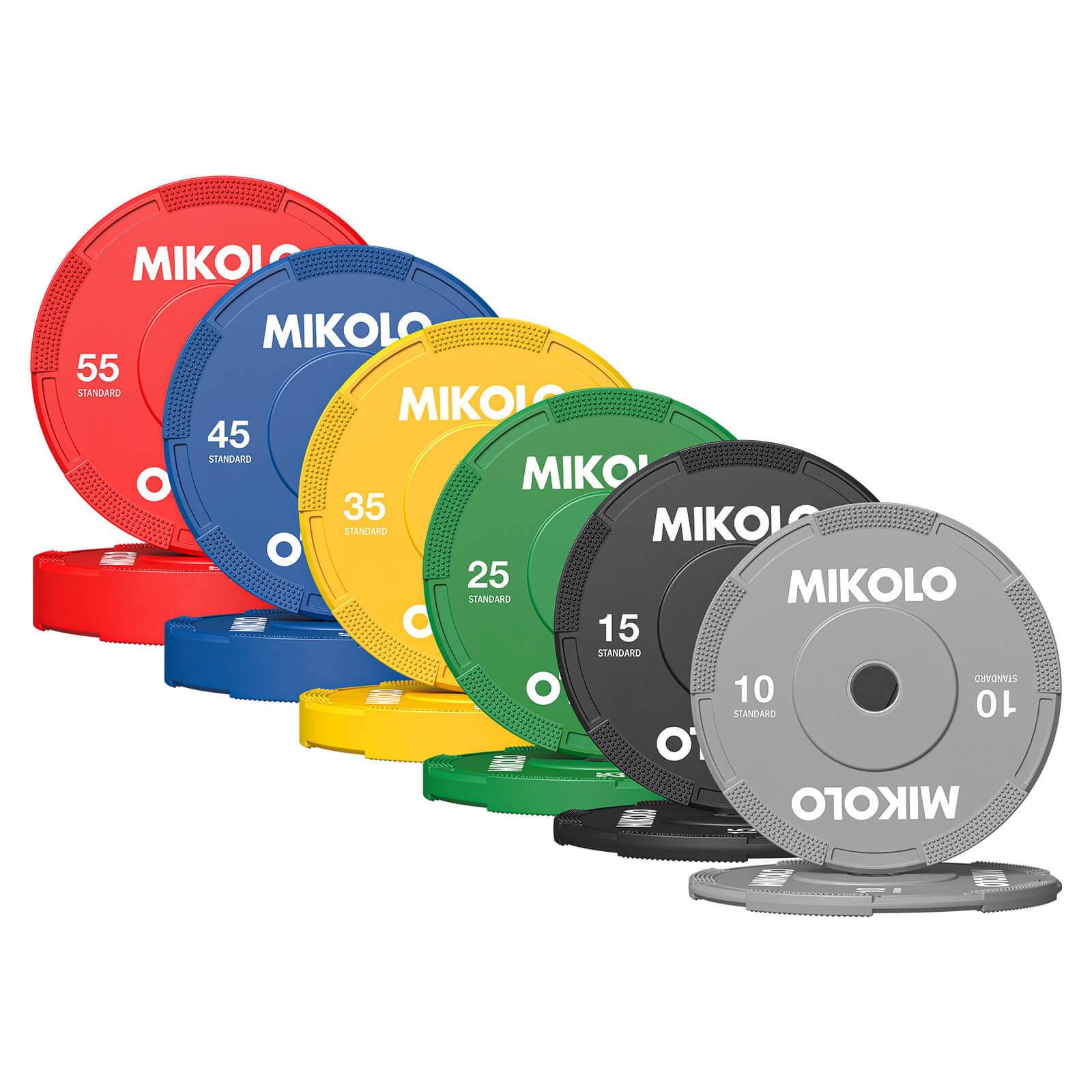
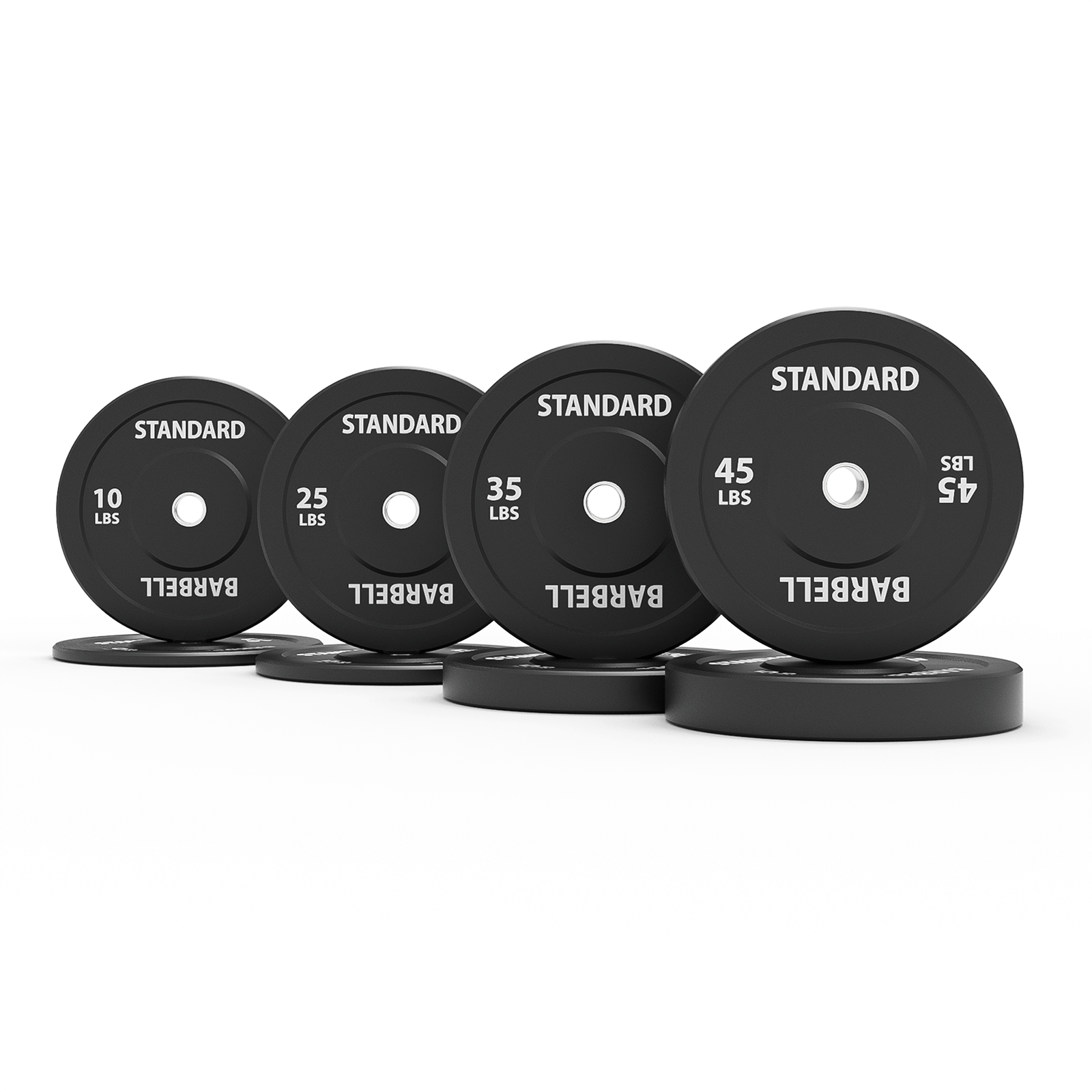
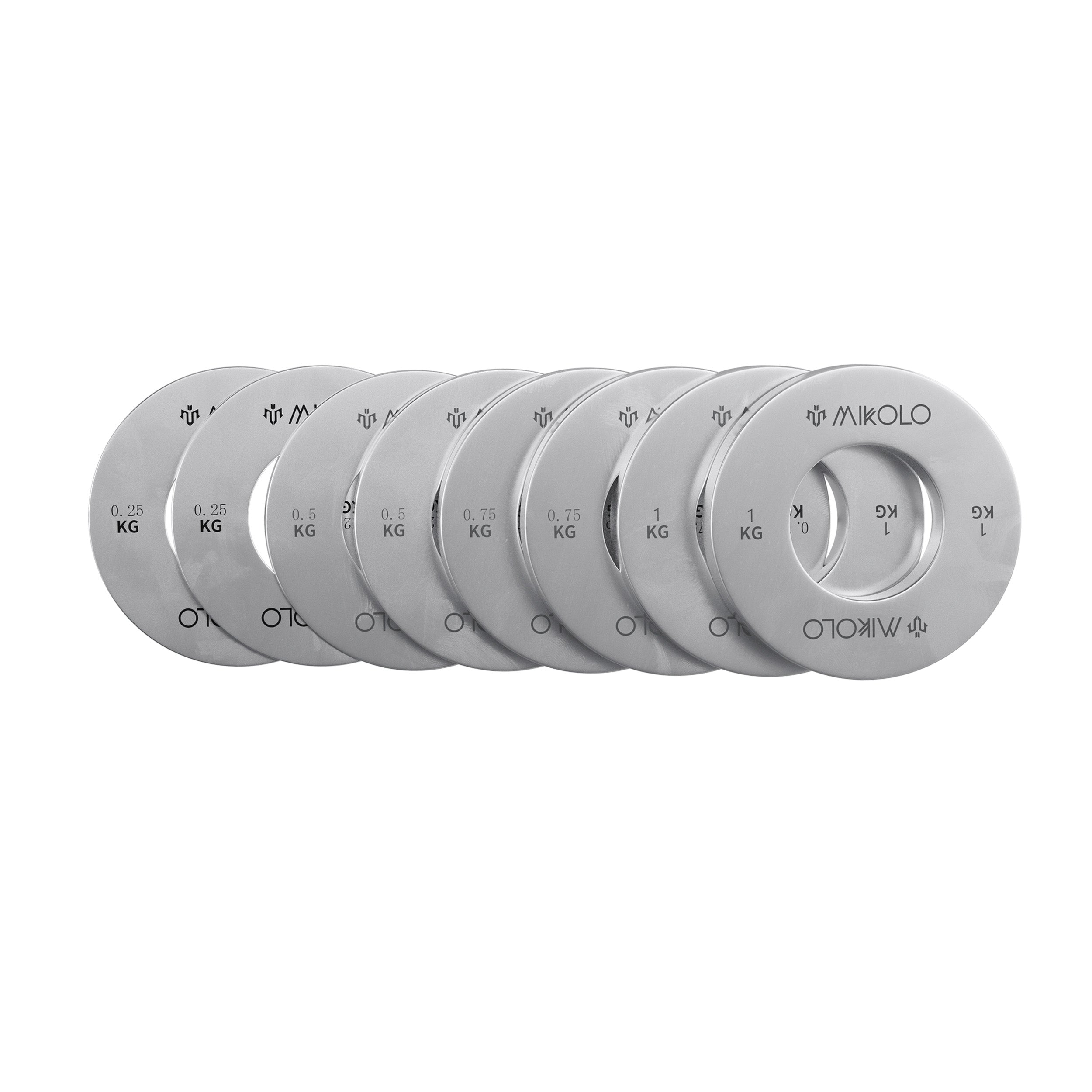
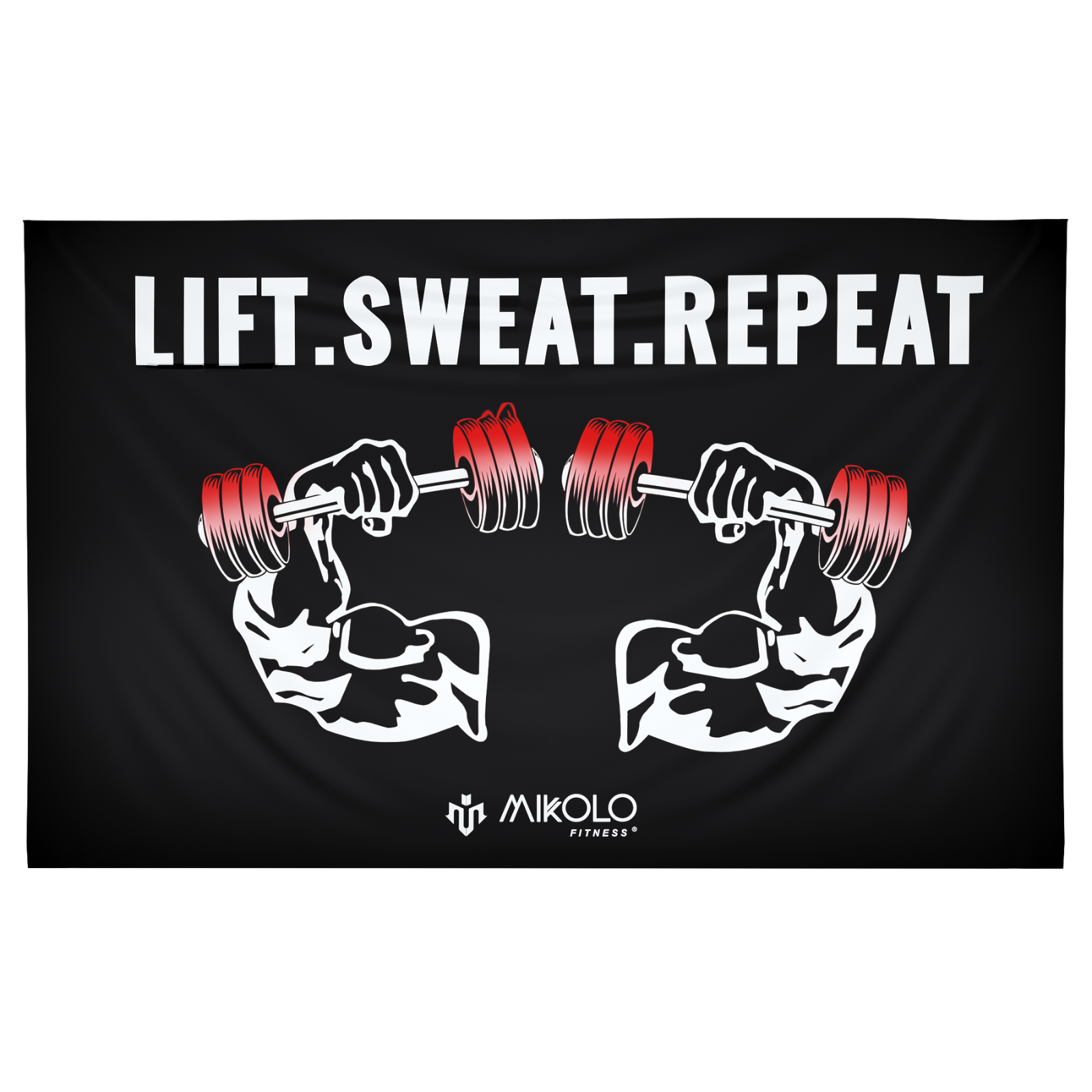
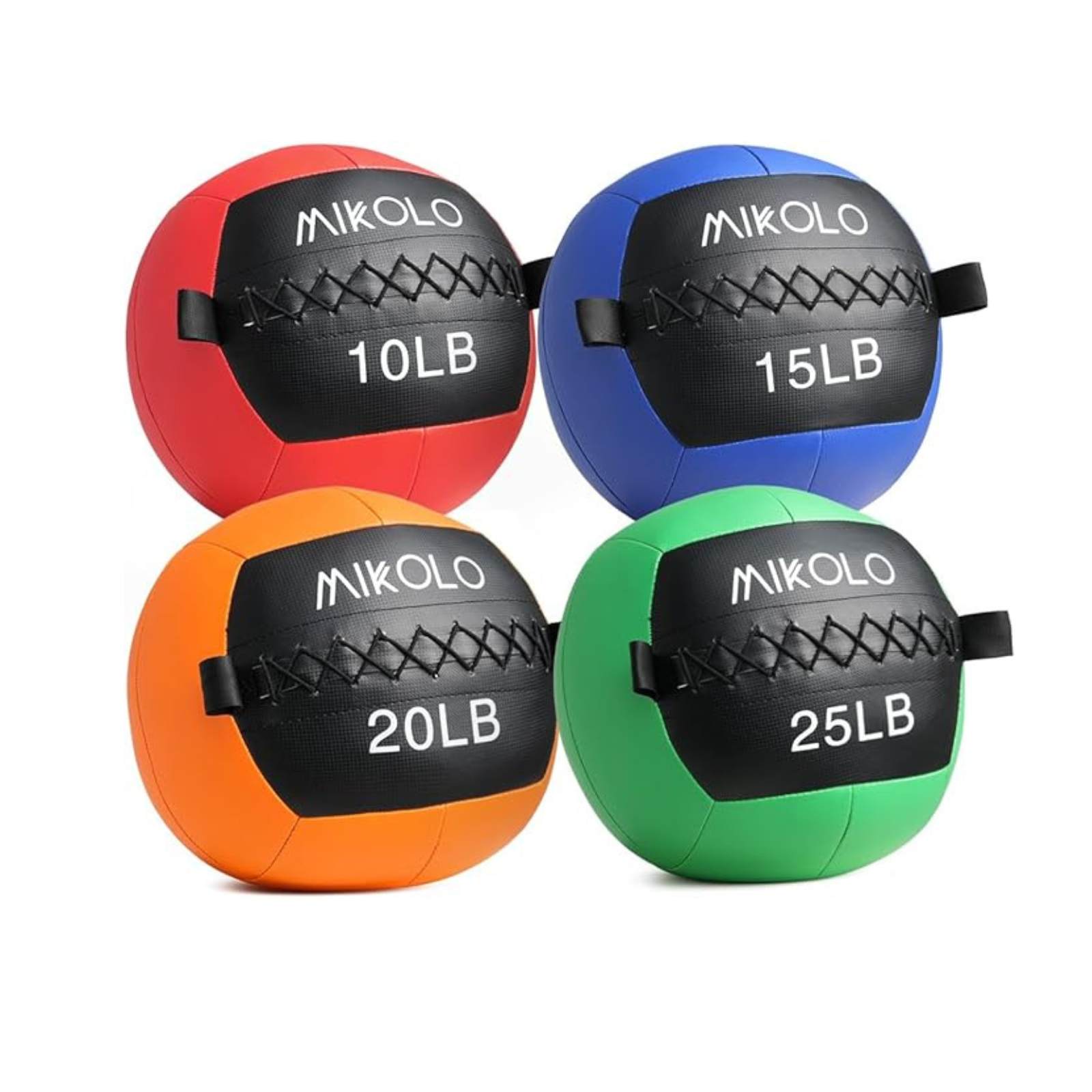
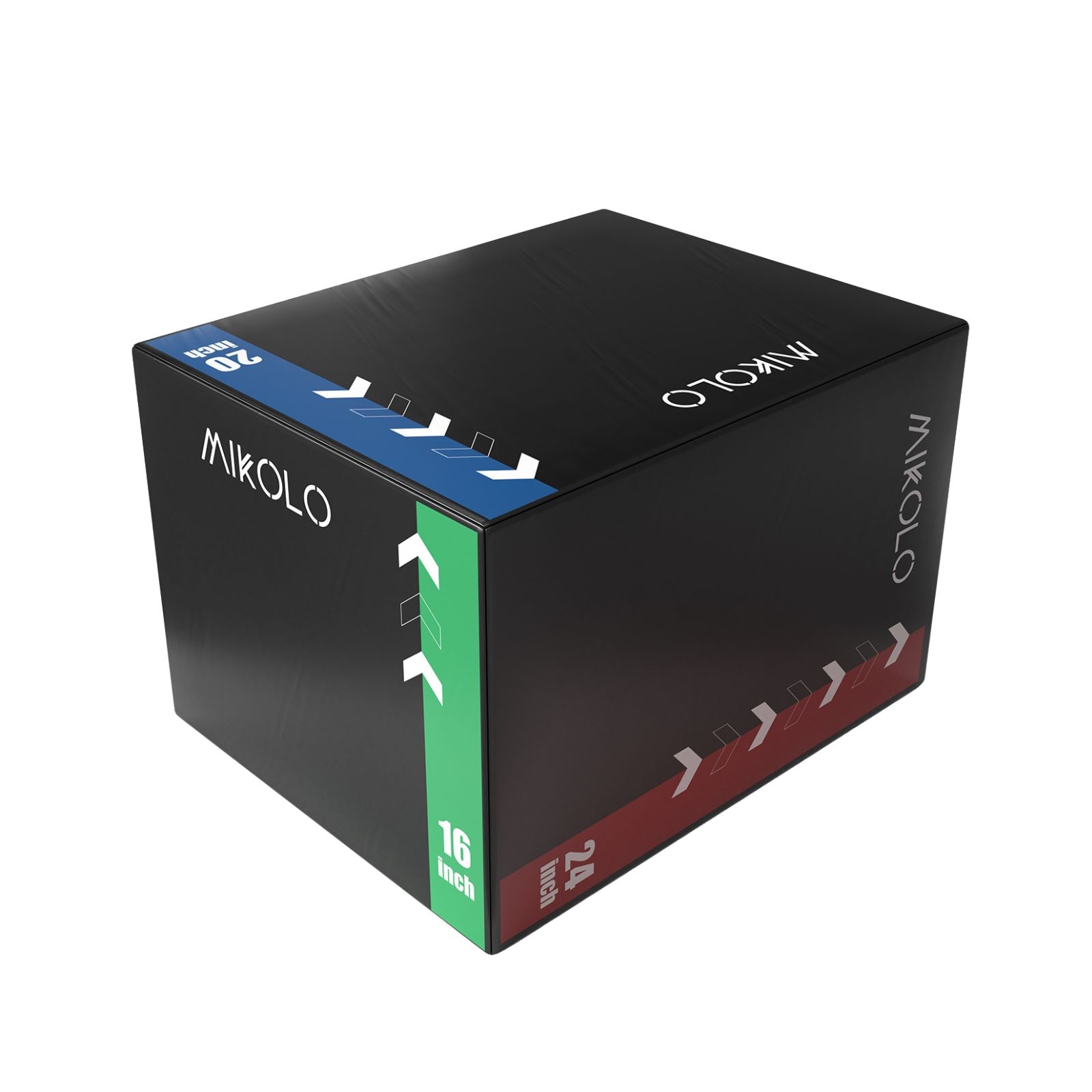

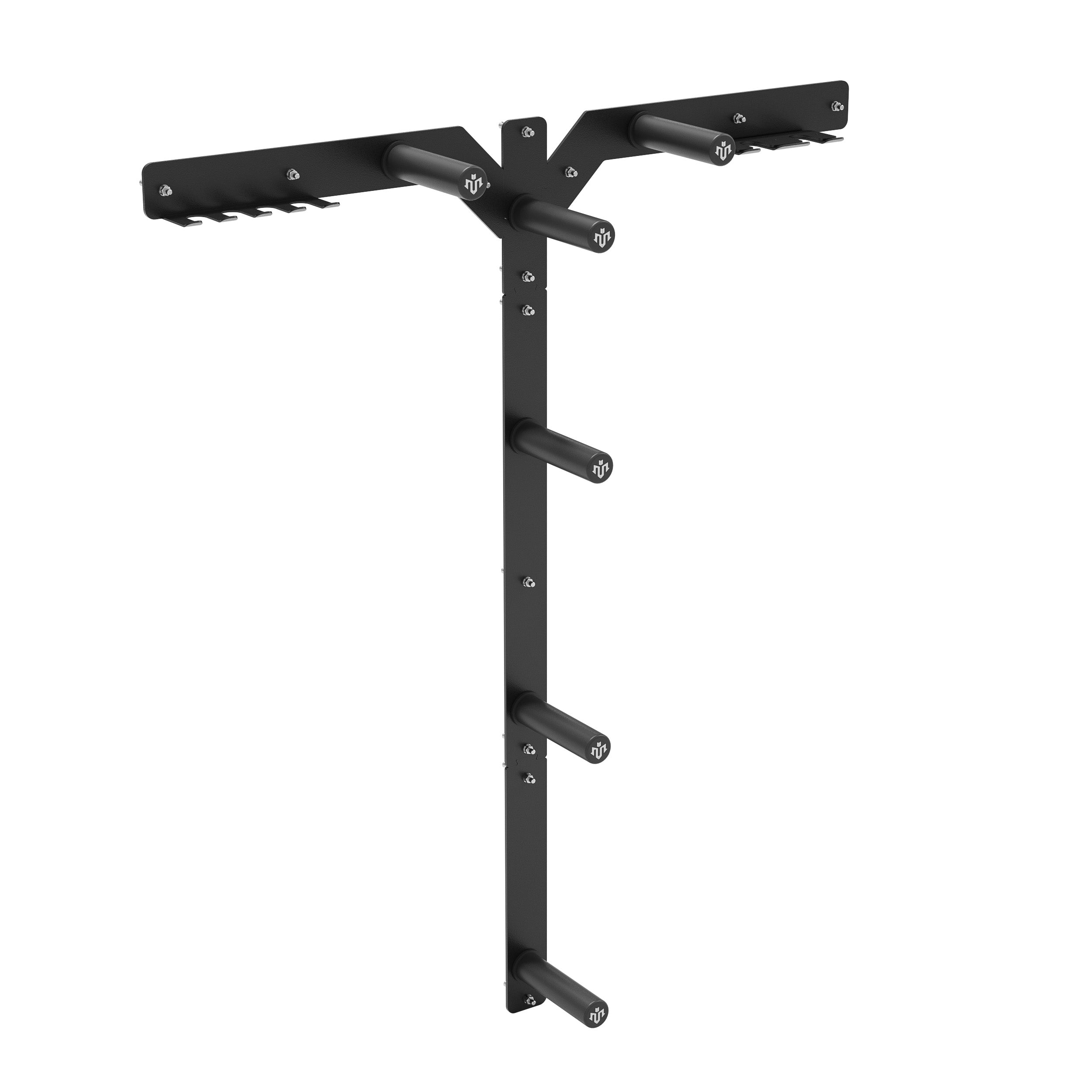




Leave a comment
This site is protected by hCaptcha and the hCaptcha Privacy Policy and Terms of Service apply.